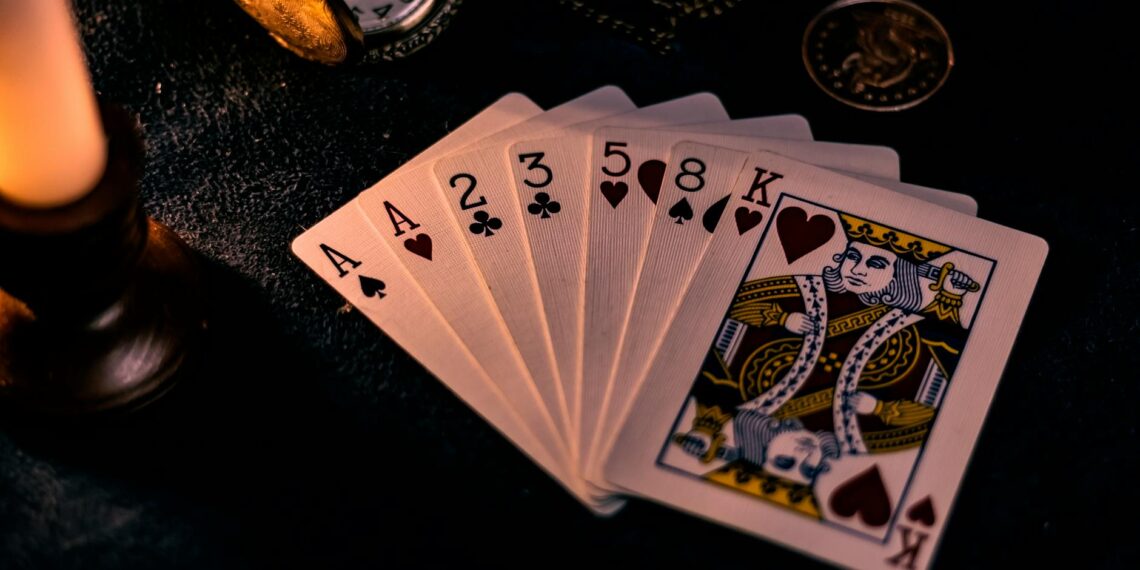A clad coin is a type of coin composed of multiple layers of different metals bonded together . It can be thought of as a “sandwich” of metals, with an inner core surrounded by outer layers. This differs from older coins made from a single metal.
In the United States, most circulating dimes, quarters, and half dollars are clad coins. They typically have a pure copper core and outer layers made of a nickel-copper alloy. This gives them a silver-colored appearance despite containing no silver. The edges of clad coins often reveal the inner copper core.
The U.S. began producing clad coins in 1965, [according to the U.S. Money Reserve] . This decision was driven by several factors, primarily the rising cost of silver and a nationwide coin shortage. By using less expensive metals like copper and nickel, clad coins became more cost-effective to produce.
- Cost-Effectiveness: Using cheaper metals for the core significantly reduces production costs.
- Durability: The layered structure of clad coins makes them more durable and resistant to wear and tear during circulation compared to coins made of softer, single metals like silver.
- Counterfeit Prevention: The specific layering and metal composition of clad coins make them harder to replicate, deterring counterfeiting efforts.
- Vending Machine Compatibility: Clad coins were designed to have the same electrical properties as older silver coins, allowing them to be used interchangeably in vending machines and other coin-operated devices.
In essence, clad coinage represents a practical solution to producing durable, cost-effective, and secure currency for daily use.









How to tell if a coin is clad?
The easiest way to tell if a coin is silver clad is to examine its edges. Silver-clad coins minted between 1965 and 1969 have a lighter silver stripe with traces of copper on the edges. This is because these specific coins are made from 40% silver.
What does “clad” mean in a coin?
Clad refers to coins that have a core and outer layer made of different metals Since 1965, with the passage of the Coinage Act of 1965, all circulating U.S. dimes, quarters and half dollars have been composed of two cupro-nickel faces bonded to a core of pure copper.
How much silver is in a clad coin?
I can help with that. Each 40% Clad Half Dollar contains 0.1479 ounces of silver, whereas the silver content of a 1964 Kennedy Half Dollar is 0.36169 ounces. A $1,000 face bag of clad coins contains 295 ounces of silver, whereas a $1,000 face bag of 1964 Kennedys contains 723 ounces of silver.